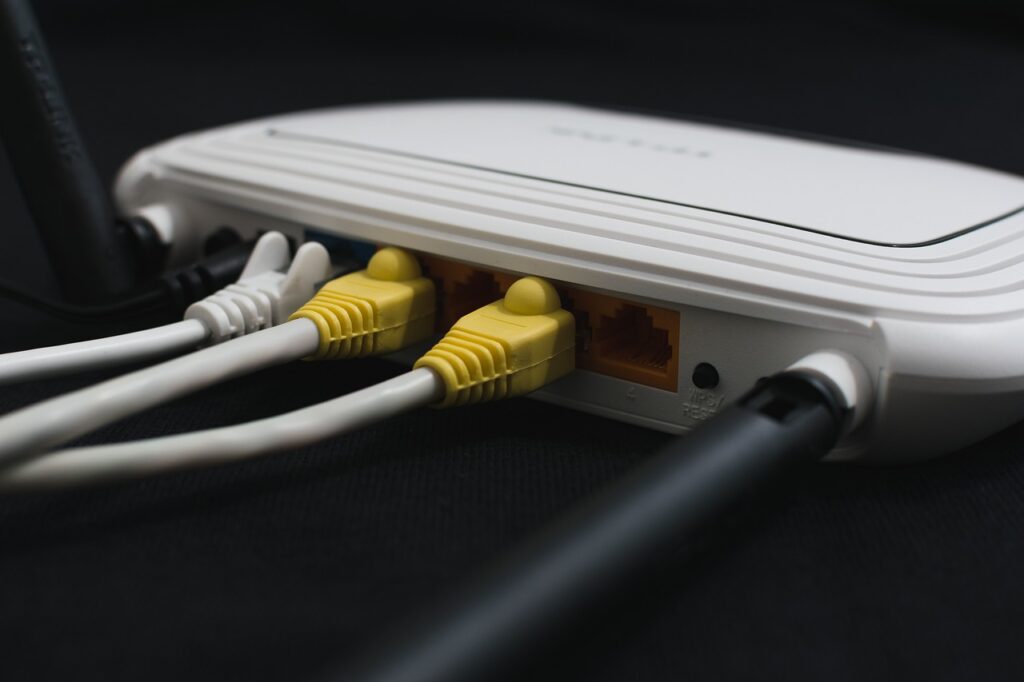Latest stats from regulator Ofcom show steady roll-out of lightning-fast broadband across the UK, as well as the high provision of 4G and 5G mobile.
The latest update to Ofcom’s Connected Nations report provides figures on mobile coverage and fixed broadband availability across the UK as of April and May 2023. The results show gradual but steady progress on rollout of high-end services.
Three-quarters of UK homes (75%, or 22.4m homes) can now access gigabit-capable broadband, capable of downloading 1 gigabit or 1,000 megabits per second. This is up from 73% (21.9m) since the last report, covering January-May.
More than half of all UK homes – 52% or 15.4m households – now have access to full-fibre services that provide download speeds of 100 Mbs and faster, up from 48%. Ofcom explains that this is mainly the result of large fibre operators rolling out infrastructure but is supported by smaller providers across the UK serving individual communities and regions.
These greater download speeds are needed given the rise in home working, the range of smart home devices and the quality of new streamed TV shows and video games.
In fact, the vast majority of UK properties can now access ‘decent broadband’, a standard defined as offering at least 10 Mbs download and 1 Mbs upload speed. Indeed, superfast broadband, offering download speeds of at least 30 Mbs and ranging up to 70Mbs, is available to 97% of UK homes.
That’s the same figure as in the last release of data from Ofcom. There has been some improved here: the number of premises unable to access decent broadband dropped from 68,000 to 62,000 since earlier in the year.
The remaining 3% of properties lacking this decent service are thought to be in harder-to-reach locations – but it’s hoped that some recently announced schemes involving public funding will help get to them soon. For example, the UK Space Agency is providing £20m for drones and other tech to connect remote areas.
There has not been a huge increase in mobile coverage since the last release of data but 85% of premises in the UK are thought to be able to get a 5G signal outdoors from at least one mobile network operator.
Some 93% of the UK is thought to have access to good outdoor 4G coverage from at least one operator. This is expected to rise to 95% by the end of 2025 thanks to the shared rural network.
There has also been a slight reduction in 4G ‘not-spots’, where good 4G services are not available from any mobile operator. Geographic non-spots have dropped from 8% to 7% since the last figures, while road-based not-spots remain at 4%.
Some 99% of all UK premises are thought to have coverage from all mobile operators for outdoor voice calls, and 85% to 93% coverage for calls and texts depending on location in the UK. Again, there is little change here from the last set of figures.
In related news:
Telecoms apprenticeships in Cumbria begin government-funded training
27 recommendations for local authorities to become connectivity enablers
Multimillion-pound Project Gigabit contracts in Hampshire, Norfolk and Suffolk

















Leave a Reply